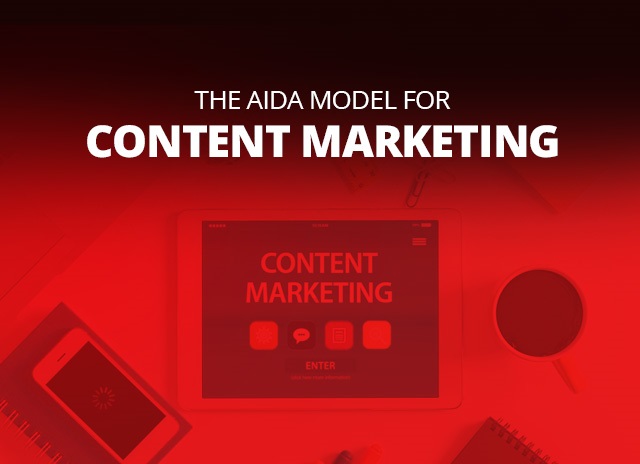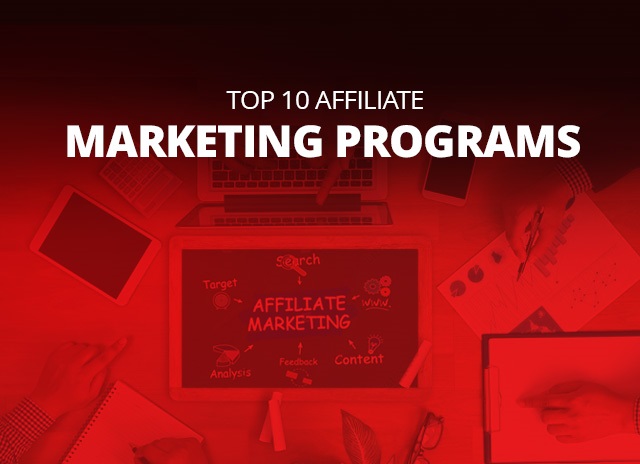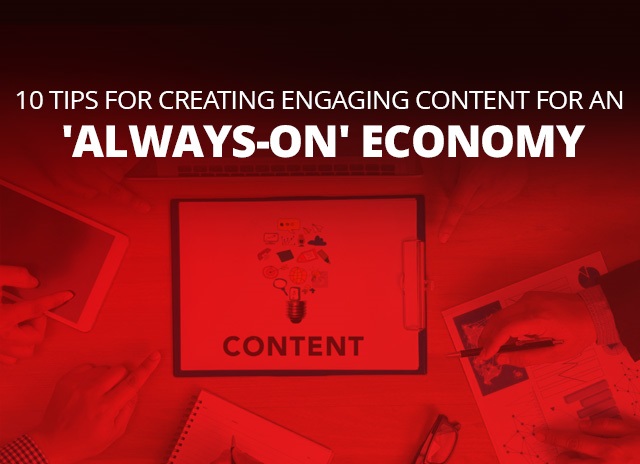Top 10 Benefits of Using WordPress
In case you did not know, WordPress powers nearly one-third of the world’s websites and tops the list of the three most often used site building packages in the world, followed by Joomla and Drupal.
Consider these stats:
- 400 million people view 24 billion pages hosted by WP every month
- 70 million new posts and 47 million comments are made each month
- WordPress blogs are written in over 120 languages
- WordPress plugin downloads crossed 1.5 Billion total downloads
This is why WordPress is so popular worldwide and deployed for building websites in the government, education, retail, healthcare, and fintech industries:
- Ease of Use
WordPress is very easy to use and has an intuitive interface. Adding new pages, blog posts, images, videos, etc. is a breeze and can be done in a jiffy. Because the technology is so simple, time spent on configuring the website is greatly reduced.
- Quick to Install
A WordPress site can be installed and up and running in a matter of minutes, even without any technical expertise. All a user needs is a domain name and a web hosting account. The Admin dashboard has all the features needed to customize a site’s layout and to start creating pages and posts right away. WordPress sites use less code and once optimized are quick to download.
- No HTML Editing or FTP Software Required
WordPress is a self-contained platform and does not require HTML editing software (such as Adobe Contribute or Dreamweaver). You can create a new page or blog post, format text, upload images, upload documents, video files, image galleries, etc. all without the need for additional HTML or FTP software.
- A variety of themes
WordPress themes offer an array of choices for fine-tuning the appearance and functions of a new site, thanks to its large and growing directory basic and premium of themes. The look and feel of the site can be 100% customized so your brand identity can be reflected on your website and provide a unique experience to your visitors.
- Plugins Extend Functionality
The WordPress plugin directory includes hundreds of plugins, small pieces of code designed to perform specific tasks that allow users to add features such as shopping carts, galleries, and a contact form. Plugins can be activated or deactivated and uninstalled as needed as a site evolves.
- WordPress Sites Rank High for SEO
WordPress sites tend to rank high for their keywords, largely because WordPress includes a variety of tools and plugins for optimizing content for SEO. Each page, post, and image can have its meta tag keywords, description, and title, and be optimized for specific keywords, allowing for very precise search engine optimization.
- WordPress Sites Are Mobile Friendly
Mobile responsiveness is also a factor in Google rankings, so websites need to look good on any handheld device such as mobiles, tablets, laptops, and desktop computers. WordPress offers a variety of responsive theme designs, and users can also make a static site responsive with plugins and adjustments to theme files.
- WordPress Sites Have a Built-In Blog
Since WordPress is a content management system software, it has multiple features that make publishing content easy. One of these is a built-in blog feature that can be accessed from any device, at any time, so that users who want to add a blog to their website don’t have to create one separately.
- The WordPress Community
Because WordPress is an open-source architecture, it is supported by communities around the world. This community of WordPress members is responsible for making changes to the source files and keeping WordPress updated and secure.
- Sharing ability
Sharing content is easier than ever in the huge WordPress community. You have widgets for social media, plug-ins, APIs, and everything you need to connect your social media accounts with your website and share your content on various platforms.
WordPress is today used to run complex sites for large multinational corporations, manage small businesses, and create personal blogs. WordPress sites can power eCommerce stores, online marketplaces, trading platforms, or host a social network, webinars, or podcast. Thanks to its many themes and easy access to its source files, WordPress is also endlessly adaptable to a company’s changing needs.






